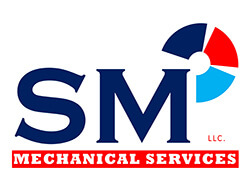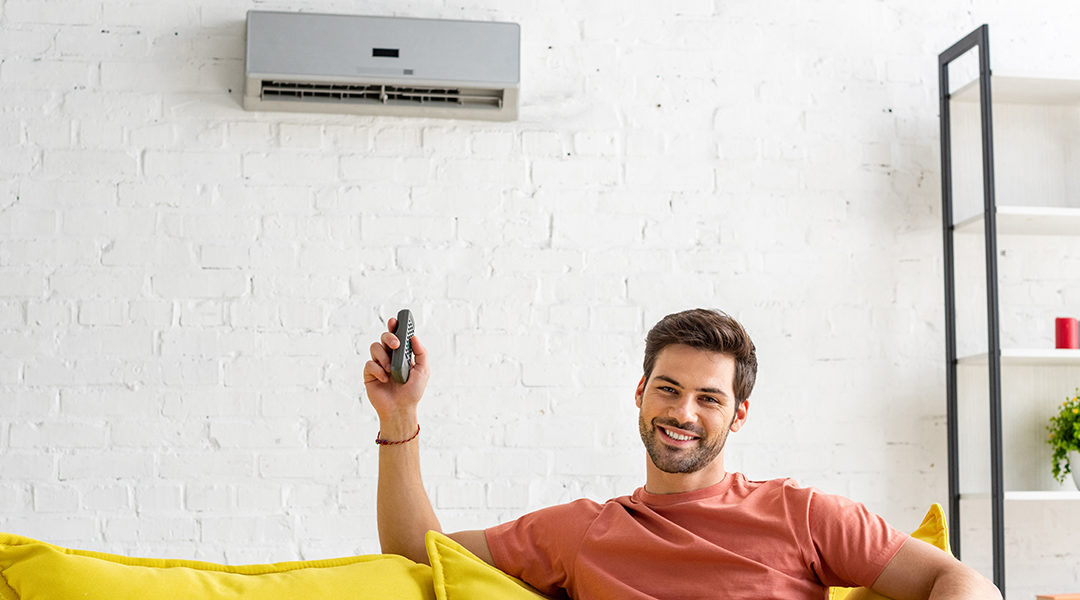Have you been considering replacing your air conditioner? Are your energy bills too high? Is your air conditioner just not cooling your whole home like it used to?
You’ve probably thought to yourself that you really should replace that old dinosaur on the side of the house. But you’ve probably also felt that it seems expensive to install a new air conditioner when the old one still runs. How much will a new HVAC system save you in the long run on your energy bills?
If your air conditioner is ten years old or more, it may already be time to replace it according to your manufacturer’s recommendations. An HVAC technician may be able to recommend a solution to fit your home and your budget. You should contact some local HVAC companies to compare pricing and schedule consultations.
If you live in Connecticut, HVAC technicians in Newington from SM Mechanical have the expert knowledge of HVAC systems that can handle the seasons to keep you comfortable all year long.
When Should I Replace My HVAC System?
Fifteen years is the average lifespan of an HVAC system. Scheduling regular A/C maintenance can extend the life of your system for years, but each year’s new models are more energy efficient than the previous. If your air conditioning and heating system is 12 years old or older, schedule an HVAC technician to do an inspection and see if you could save money on a more energy efficient air conditioner.
People usually decide to contact their local HVAC companies if they start having problems with their air conditioner’s performance. Considering calling an experienced HVAC professional if you encounter:
- higher energy bills.
- frequent switching on and off by your HVAC system.
- reduced quality of airflow.
- strange noises or smells from your air conditioner.
Even regular maintenance can only extend the life of a system for so long. If repeated repairs on your air conditioner don’t seem to last long enough, it may be time to upgrade to a modern HVAC system. In the meantime, you have to pay repair bills every time your A/C breaks, and your electric bill seems to double every summer.
Are Newer HVAC Systems More Energy Efficient?
Usually, yes. Most HVAC systems roll off the factory line covered in stickers for different energy efficiency ratings. When choosing a new HVAC system for your home, you want to consider a few things.
- Find a solution that fits your budget. Energy savings don’t mean much if you don’t save as much as you spent on your new system.
- Find the right size HVAC system to meet your needs for the size of your home. If you purchase too small of a unit, the system will constantly run to keep a home cool beyond its capacity. You should also avoid buying a system that is too large as they are usually more expensive and demand more total energy to operate.
- Find the right energy efficiency rating to reduce your costs. The higher-rated units are usually more expensive. Choose an air conditioner that balances future savings with today’s budget.
You can do a little research on energy efficiency ratings to ensure you’re making the right choice about a new HVAC system. Know that there are two commonly used stickers to look for on any HVAC system or home appliance. You should know what both the energy star sticker and the SEER rating indicate.
What Does the Energy Star Sticker on My Air Conditioner Mean?
The Environmental Protection Agency (EPA) awards the Energy Star sticker to products that prove energy efficiency beyond minimum levels.
Products must meet specific requirements to qualify for an Energy Star Label. One condition is that if the energy efficient product costs consumers more than the conventional version, consumers will recover the cost of purchase through energy savings within a certain period of ownership.
Other requirements to earn the Energy Star label include proprietary protections, meeting consumer demand that the products function as expected, and that the sticker is visible to differentiate energy efficient products from less efficient products.
Several models of HVAC systems on the market today proudly display the Energy Star sticker. If you want to be sure that you will see energy savings on your new heating and cooling system, look for models that feature the Energy Star sticker.
What is a SEER Rating?
SEER stands for the Seasonal Energy Efficiency Ratio, which describes the ratio of your HVAC system’s output for cooling during the summer divided by the energy used measured in Watt-Hours for the same period. We can also apply the formula to your HVAC system’s heat pumps to calculate the efficiency of warming output compared to the energy used.
13 is the standardized minimum SEER rating allowed to market as defined by the US Department of energy. Many HVAC systems on the market rate at 13 or 14. Ultra-efficient models can rate in the low 20s, although they are much more expensive. It’s unlikely that most homes need an ultra-efficient model.
The savings difference for one point of a SEER rating averages plots diminishing returns on energy savings. The difference between a 13 and a 14 can show savings of 7% on your energy bills. A rating of 20 SEER can save up to 35% on your energy bills. However, that only averages to 5% savings per point, and the cost for that HVAC unit would be substantially more expensive than the model with the rating of 14 SEER.
Your perfect choice HVAC system to balance savings and initial cost is probably somewhere between 14 and 16. Contact an HVAC professional to assess your needs and determine what SEER rating they recommend.
Contact SM Mechanical in Newington, CT
So how much will a new HVAC system save you on your energy bills? Contact SM Mechanical in Newington, CT, and learn more about A/C installation services. Call today to schedule your energy saving HVAC system consultation at 860-296-5100.

